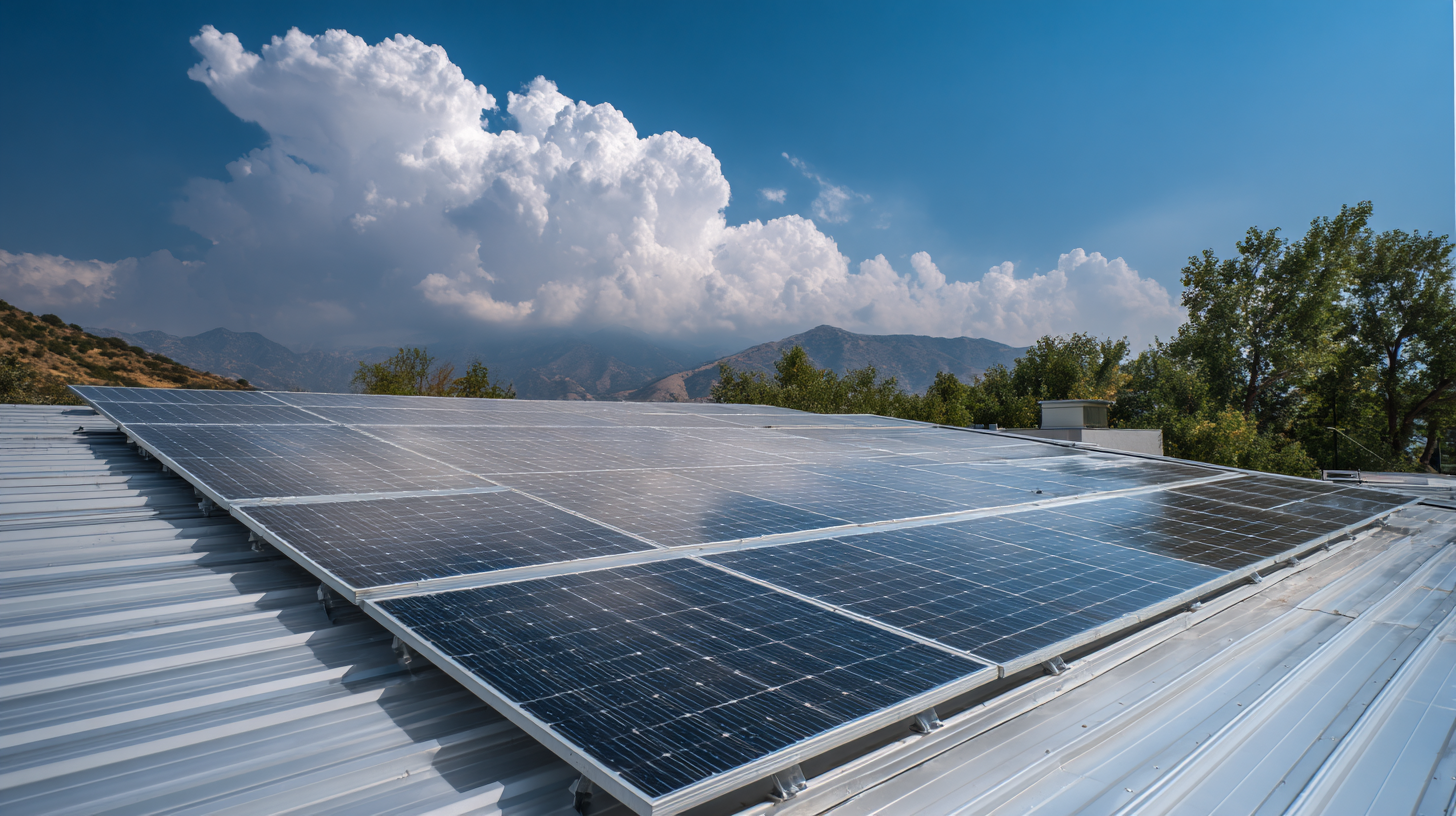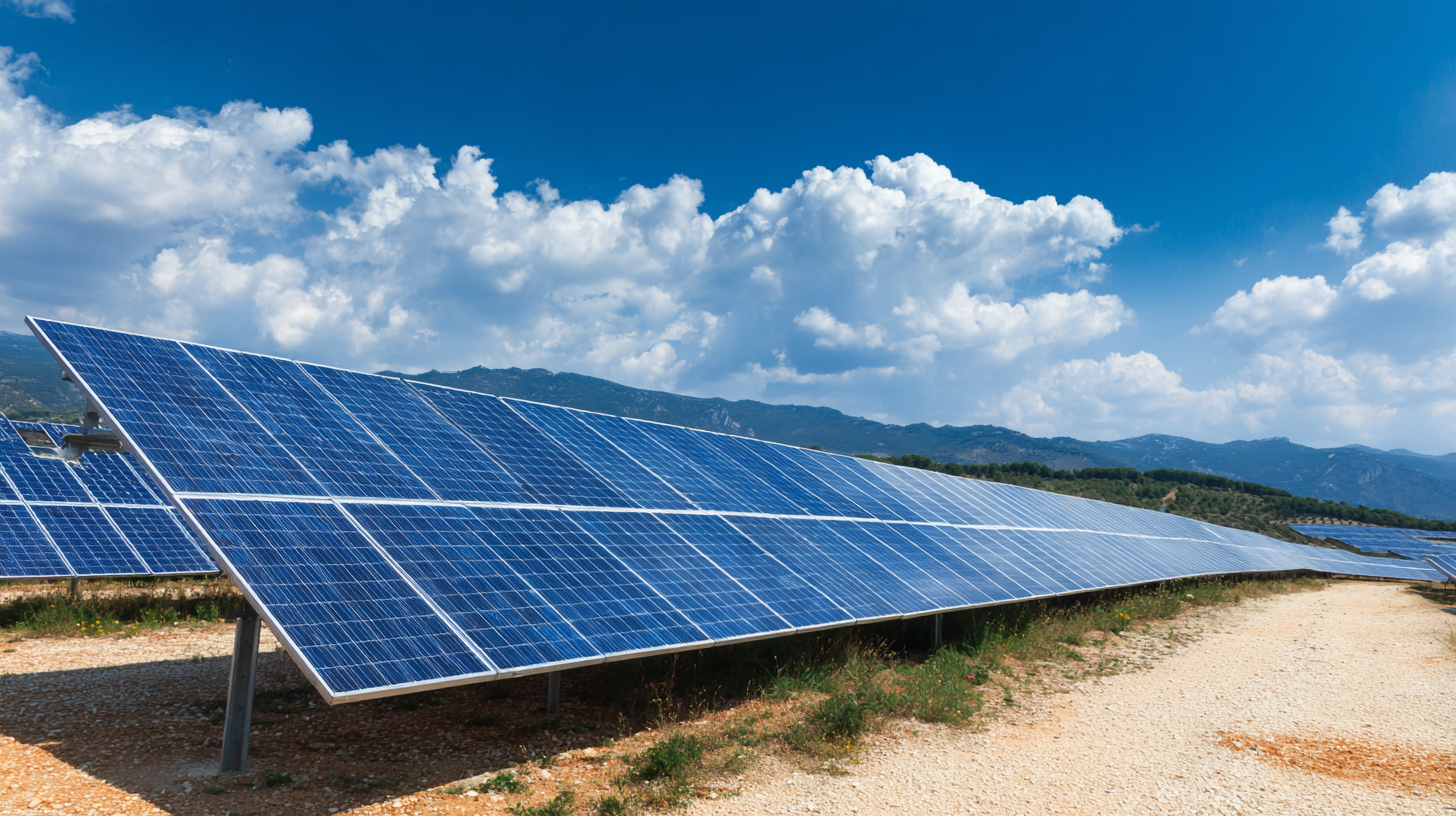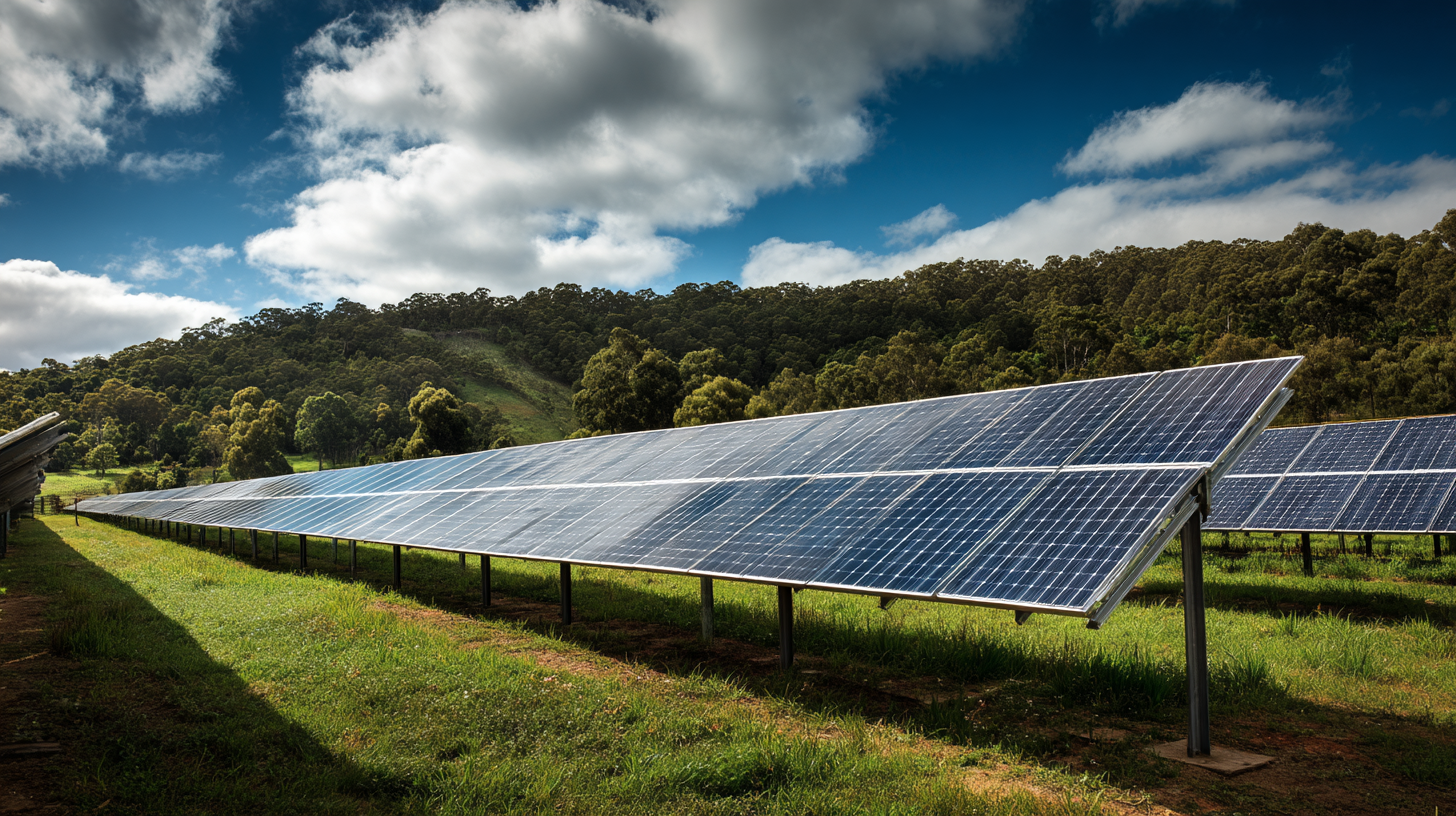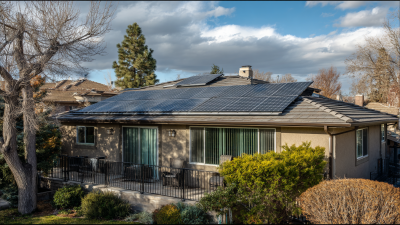Blog
10 Innovative Tips to Maximize Your Solar Energy Savings
As the world increasingly shifts towards sustainable energy solutions, solar energy has emerged as a leading contender in the race to combat climate change while providing significant economic benefits. According to the International Renewable Energy Agency (IRENA), solar energy could supply up to 30% of the world's electricity by 2050, making it a crucial player in our clean energy future. Moreover, a report from the U.S. Department of Energy indicates that homeowners who install solar panels can save an average of $20,000 on energy costs over the lifespan of their systems.

With innovation driving advancements in solar technology and financing options, this blog presents ten innovative tips to help you maximize your savings on solar energy. Whether you are considering installation or seeking ways to optimize your existing system, these strategies will not only enhance your energy efficiency but also contribute to a greener planet.
Understanding Your Solar Energy Needs for Optimal Savings
Understanding your solar energy needs is crucial to achieving optimal savings on your electricity bills. The first step in this process is to conduct a thorough energy audit of your household. By analyzing your energy consumption patterns, you can identify which appliances or areas consume the most power. This knowledge will empower you to make informed decisions about your solar panel system's capacity, ensuring it meets your specific energy requirements without over-investing in excess production.
Once you have a clear picture of your energy needs, it’s essential to consider the orientation and placement of your solar panels. Maximizing sunlight exposure is vital for efficient energy production. Homes with roofs that face south typically receive the most sunlight throughout the day. However, if your roof orientation is less than ideal, investing in adjustable mounts or additional panels may enhance energy capture. Additionally, understanding seasonal variations in energy needs can guide your purchase of battery storage solutions, allowing you to store excess energy generated during sunny days for use on cloudy days or during peak hours.
10 Innovative Tips to Maximize Your Solar Energy Savings
This chart illustrates the potential savings from implementing innovative tips to maximize solar energy efficiency over a year. Each bar represents the estimated savings in dollars from various techniques aimed at optimizing solar energy use.
Choosing the Right Solar System Size: Balancing Cost and Efficiency
Choosing the right solar system size is crucial for maximizing both efficiency and cost savings. According to the U.S. Department of Energy, solar panel installations can save homeowners an average of $100 per month on electricity bills. However, selecting a system that is too big or too small can lead to unnecessary expenses or insufficient energy generation. It’s essential to conduct a thorough energy audit to determine your household's energy consumption patterns and assess your specific needs.
Tip 1: Consider your peak energy usage. Calculate the monthly energy bills and identify when the highest consumption occurs to ensure your solar power system adequately meets those demands. A well-sized solar system can offset the majority of your energy costs, giving you an average payback period of just 5-7 years, based on the National Renewable Energy Laboratory's findings.
Tip 2: Don’t overlook future energy needs. If you're planning an expansion or expecting an increase in family size, factor these potential changes into your system size calculations. Installing a slightly larger system now can prevent costly upgrades later, especially as solar technology tends to decrease in price while efficiency improves. By making informed choices regarding system size, you not only ensure optimal savings but also a sustainable return on investment.

Exploring Incentives and Rebates: Leveraging Financial Opportunities
Exploring incentives and rebates is crucial for maximizing your solar energy savings. The Inflation Reduction Act (IRA) significantly enhances funding opportunities for individuals and communities looking to adopt solar energy by allocating $27 billion to the Environmental Protection Agency's Greenhouse Gas Reduction Fund. This fund aims to facilitate the deployment of solar technologies, particularly in low-to-moderate income (LMI) communities. Recent studies suggest that implementing solar photovoltaics can lead to a 25% reduction in energy costs for households in these communities, thus promoting energy equity and sustainability.
Moreover, various states have introduced innovative tax incentives to encourage solar adoption. For example, Malaysia's 5% tax rate incentive for companies investing in high-value activities in specific zones sets a precedent for countries looking to balance economic growth with environmental sustainability. By leveraging such incentives, homeowners and businesses alike can significantly reduce their initial investment costs and enhance their return on investment. In addition, these financial opportunities can drive broader community engagement in renewable energy, potentially leading to a collective decrease in greenhouse gas emissions and a more sustainable future.
Implementing Smart Energy Management to Enhance Savings
Implementing smart energy management strategies can significantly enhance the savings generated from solar energy systems. According to a report by the National Renewable Energy Laboratory (NREL), households equipped with advanced energy management systems can reduce their energy costs by up to 30%. By using smart thermostats, energy-efficient appliances, and real-time energy monitoring tools, users can optimize their energy consumption patterns. For instance, programming appliances to run during peak solar production times can maximize the use of self-generated power, further cutting reliance on grid electricity.
Additionally, integrating energy storage solutions, such as home batteries, can contribute to increased savings. According to a study by the Solar Energy Industries Association (SEIA), homeowners who combine solar panels with storage systems can save over $600 annually by shifting usage away from peak hours. These storage systems allow users to store excess energy generated during the day for use at night or during cloudy days, effectively smoothing out energy costs. By adopting these smart energy management techniques, consumers can create a more efficient home energy ecosystem that not only maximizes solar energy savings but also contributes to a sustainable energy future.
Regular Maintenance Tips for Long-Lasting Solar Performance
Regular maintenance is the key to ensuring your solar energy system operates efficiently and lasts for years. One of the most crucial steps is to clean the solar panels regularly. Dust, dirt, and debris can accumulate over time, significantly reducing their effectiveness. Depending on your location, it may be necessary to clean the panels every few months or after heavy storms. Using a soft brush or a hose with a spray nozzle will help remove surface contaminants without damaging the panels.
In addition to cleaning, inspecting the system periodically can help identify any issues before they escalate. Check for any shade from trees or buildings that may be interfering with the sunlight exposure. Also, look for signs of wear in the wiring and inverter connections. Making sure that these components are in good working order will not only improve your energy savings but also extend the lifespan of your system. Remember, investing a little time in maintenance now can lead to significant savings on your energy bills in the long run.

Related Posts
-

7 Best Benefits of Solar Installation for Your Home in 2023
-

Challenges Faced During Solar Installation and Their Impact on Efficiency
-

7 Essential Tips to Optimize Your Solar Panel System for Maximum Efficiency
-

Essential Checklist for Homeowners Considering Residential Solar Systems Investment
-

Exploring Alternative Energy Solutions for Your Residential Solar Needs
-

Innovative Approaches to Solar System Installation for Global Procurement Strategies
